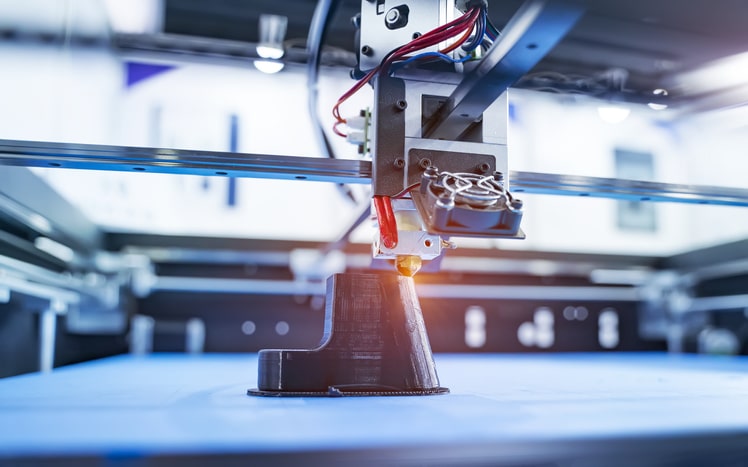
The medical industry, like many other industries, is constantly evolving. Advancements in technology and changes in society create new trends that impact the field of healthcare. These changes can come in various forms, introducing new healthcare approaches as well as new medical devices. This gives students an exciting opportunity to discover new developments in their field.
Medical devices are an essential part of the healthcare industry, allowing certified practitioners to deliver necessary care and optimize their services. As these devices continue to evolve, practitioners are able to better diagnose and treat illnesses. Clinical research students are able to learn more about medical devices, delving into guidelines and regulations as well as existing challenges for innovative research.
Here’s a closer look at the trends shaping this industry for a clearer view of what’s to come.
1. Medical Robots Set to Play an Increasingly Bigger Role in the Field
Medical robots, in general, have many functions. These include streamlining hospital operations and allowing care providers to dedicate more time and attention to their patients. These robots, especially surgical robots, are increasingly playing a bigger role. Advances in technology have made it possible for these robots to accomplish more than ever before, making them a valuable addition to the medical industry.

Technological advancements make medical robots even more efficient, creating a rising trend
Students in clinical research training may be interested to know that these benefits have encouraged many manufacturers to focus their research and development efforts on medical robots. In fact, according to this report, the global medical robotics market is expected to reach US$30.31 Billion in 2027. These medical robots are even anticipated to influence telepresence in medicine, as well as nano surgery through the use of micro-robots.
2. 3D Printing Explored for Students in Clinical Research Training
3D printing technology works by creating a three-dimensional product from a digital 3D file, using a layering method to render the final object. By working on a digital 3D file, professionals can easily edit and modify their 3D printed objects without resourcing additional material. The flexibility that this technology offers makes it particularly useful for creating patient-specific medical devices or devices with more complicated structures.

3D printing technology creates various opportunities in the medical devices industry
3D printing has even been used to create:
- dental restorations
- cranial implants
- surgical instruments.
As this technology continues to improve, it is expected to play a part in the research and development process of prototyping, making 3D printing an interesting trend for those taking clinical research courses.
3. Wearable Technology Promises to Provide Better Tailored Care
Wearable medical technology has the potential to significantly improve the quality of healthcare. These devices can equip practitioners with valuable data, allowing them to provide their patients with better customized care. Doctors and other practitioners can easily monitor their patients’ vitals and identify signs of decreasing health.

Students in clinical research training may be interested to learn about the role wearable devices play in the medical industry
This type of wearable technology and Software as Medical Devices (SaMD) can also play a role in preventative medicine and encourage overall health and wellness. It has even been recognized by the FDA, giving this trend an additional boost. Research indicates that this market will likely reach around US$86,451 million by 2027.
Are you interested in earning your clinical research diploma?
Contact AAPS to learn more!



